Intro
Enhance customer engagement with a seamless Point Of Sale Experience, leveraging retail technology, payment processing, and inventory management for a frictionless transaction, boosting sales and customer satisfaction.
The point of sale (POS) experience is a critical aspect of any retail business, as it is the moment when a customer decides to make a purchase. It refers to the interactions and experiences that a customer has with a retailer at the point of purchase, including the process of selecting products, checking out, and completing the transaction. The POS experience encompasses not only the technical aspects of the transaction, such as payment processing and inventory management, but also the human elements, including customer service, communication, and emotional connection.
In today's competitive retail landscape, the POS experience plays a vital role in determining customer satisfaction, loyalty, and retention. A positive POS experience can lead to increased customer loyalty, positive word-of-mouth, and repeat business, while a negative experience can result in lost sales, negative reviews, and a damaged reputation. As such, retailers must prioritize the POS experience and strive to create a seamless, efficient, and personalized experience that meets the evolving needs and expectations of their customers.
The importance of the POS experience cannot be overstated, as it is often the last interaction a customer has with a retailer before leaving the store or completing an online transaction. A well-designed POS experience can leave a lasting impression on customers, influencing their perception of the brand and shaping their future purchasing decisions. Moreover, with the rise of omnichannel retailing, the POS experience is no longer limited to physical stores, but extends to online platforms, mobile apps, and social media, making it even more critical for retailers to deliver a consistent and cohesive experience across all touchpoints.
Understanding The Point Of Sale Experience
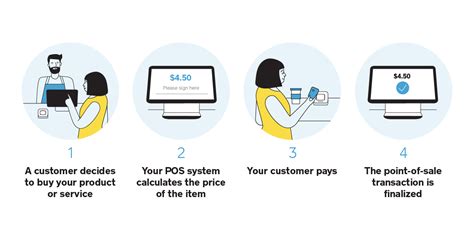
To understand the POS experience, it is essential to consider the various components that contribute to it. These include the physical environment, such as the store layout, lighting, and ambiance; the technology used, including POS systems, mobile devices, and digital signage; and the human elements, such as customer service, communication, and emotional connection. Additionally, the POS experience is influenced by factors such as speed, efficiency, and convenience, as well as the availability of services such as returns, exchanges, and loyalty programs.
Retailers can enhance the POS experience by implementing strategies such as personalized marketing, tailored recommendations, and loyalty programs. These initiatives can help to build customer loyalty, increase average transaction value, and drive repeat business. Furthermore, retailers can leverage data and analytics to gain insights into customer behavior, preferences, and purchasing patterns, enabling them to optimize the POS experience and make data-driven decisions.
Key Components Of The Point Of Sale Experience
The key components of the POS experience include: * Speed and efficiency: Customers expect a fast and seamless checkout process, with minimal wait times and easy payment options. * Personalization: Retailers can use data and analytics to offer personalized recommendations, promotions, and loyalty programs, enhancing the customer experience and driving loyalty. * Communication: Clear and effective communication is critical, including verbal and non-verbal cues, such as body language and tone of voice. * Emotional connection: Retailers can create an emotional connection with customers by providing exceptional customer service, empathy, and understanding. * Technology: The use of technology, such as mobile devices, digital signage, and POS systems, can enhance the POS experience, providing convenience, speed, and efficiency.Benefits Of A Positive Point Of Sale Experience

A positive POS experience can have numerous benefits for retailers, including:
- Increased customer loyalty: A positive POS experience can lead to increased customer loyalty, with customers more likely to return to the store or recommend it to others.
- Positive word-of-mouth: Satisfied customers are more likely to share their experiences with others, generating positive word-of-mouth and driving new business.
- Increased average transaction value: A positive POS experience can lead to increased average transaction value, as customers are more likely to make additional purchases or upgrade to premium products.
- Improved customer satisfaction: A positive POS experience can lead to improved customer satisfaction, with customers more likely to report a positive experience and recommend the retailer to others.
- Competitive advantage: A positive POS experience can provide a competitive advantage, differentiating the retailer from competitors and establishing a loyal customer base.
Strategies For Enhancing The Point Of Sale Experience
Retailers can enhance the POS experience by implementing strategies such as: * Personalized marketing: Using data and analytics to offer personalized promotions, recommendations, and loyalty programs. * Tailored recommendations: Providing customers with tailored recommendations based on their purchasing history, preferences, and behavior. * Loyalty programs: Implementing loyalty programs that reward customers for repeat business, such as discounts, exclusive offers, and early access to new products. * Employee training: Providing employees with training on customer service, communication, and emotional connection, enabling them to deliver a positive POS experience. * Technology investment: Investing in technology, such as mobile devices, digital signage, and POS systems, to enhance the POS experience and provide convenience, speed, and efficiency.Common Challenges In The Point Of Sale Experience
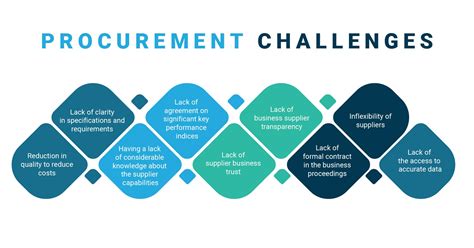
Despite the importance of the POS experience, retailers often face challenges in delivering a positive experience. These challenges include:
- Long wait times: Customers may experience long wait times, leading to frustration and dissatisfaction.
- Technical issues: Technical issues, such as POS system failures or payment processing errors, can disrupt the POS experience and lead to customer frustration.
- Lack of personalization: Retailers may fail to offer personalized recommendations, promotions, or loyalty programs, leading to a lack of engagement and loyalty.
- Poor communication: Poor communication, including verbal and non-verbal cues, can lead to misunderstandings, frustration, and dissatisfaction.
- Insufficient training: Employees may not receive sufficient training on customer service, communication, and emotional connection, leading to a poor POS experience.
Best Practices For Overcoming Common Challenges
Retailers can overcome common challenges by implementing best practices such as: * Investing in technology: Investing in technology, such as mobile devices, digital signage, and POS systems, to enhance the POS experience and provide convenience, speed, and efficiency. * Employee training: Providing employees with training on customer service, communication, and emotional connection, enabling them to deliver a positive POS experience. * Personalization: Using data and analytics to offer personalized recommendations, promotions, and loyalty programs, enhancing the customer experience and driving loyalty. * Communication: Fostering clear and effective communication, including verbal and non-verbal cues, to ensure a positive POS experience. * Continuous improvement: Continuously monitoring and evaluating the POS experience, identifying areas for improvement, and implementing changes to enhance the experience.Future Of The Point Of Sale Experience
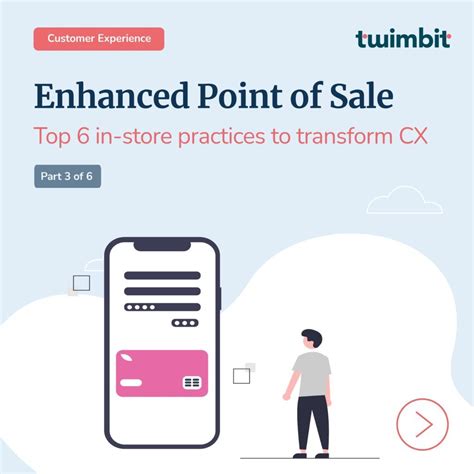
The future of the POS experience is likely to be shaped by emerging trends and technologies, including:
- Artificial intelligence: AI-powered chatbots and virtual assistants may be used to enhance the POS experience, providing personalized recommendations and support.
- Mobile payments: Mobile payments, such as Apple Pay and Google Pay, may become increasingly popular, providing customers with a convenient and secure payment option.
- Social media: Social media may play a larger role in the POS experience, with retailers using social media to engage with customers, offer personalized promotions, and provide customer support.
- Internet of Things (IoT): IoT devices, such as smart shelves and digital signage, may be used to enhance the POS experience, providing customers with real-time information and personalized recommendations.
- Virtual and augmented reality: Virtual and augmented reality may be used to create immersive and interactive experiences, enabling customers to engage with products and brands in new and innovative ways.
Preparing For The Future Of The Point Of Sale Experience
Retailers can prepare for the future of the POS experience by: * Investing in emerging technologies: Investing in emerging technologies, such as AI, mobile payments, and IoT devices, to enhance the POS experience and provide convenience, speed, and efficiency. * Developing a omnichannel strategy: Developing an omnichannel strategy that integrates online and offline channels, providing customers with a seamless and consistent experience across all touchpoints. * Fostering a culture of innovation: Fostering a culture of innovation, encouraging employees to think creatively and develop new ideas for enhancing the POS experience. * Monitoring emerging trends: Continuously monitoring emerging trends and technologies, identifying areas for improvement, and implementing changes to enhance the POS experience. * Providing ongoing training: Providing ongoing training and support to employees, enabling them to develop the skills and knowledge needed to deliver a positive POS experience in a rapidly changing retail landscape.Point Of Sale Experience Image Gallery


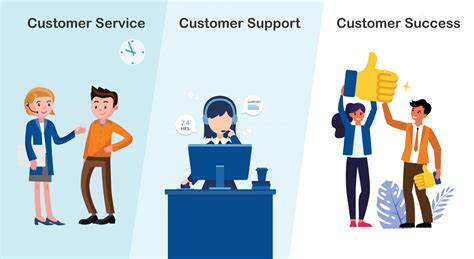
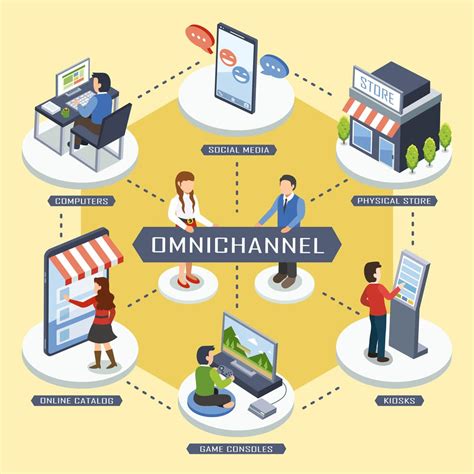

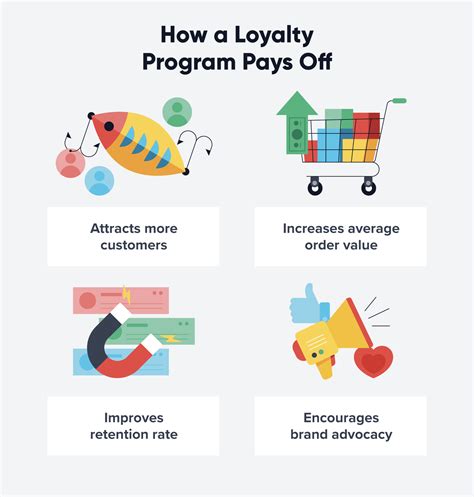


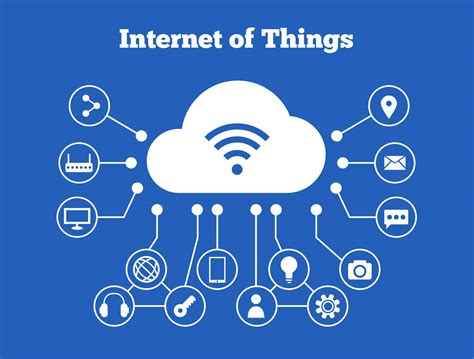

What is the point of sale experience?
+The point of sale experience refers to the interactions and experiences that a customer has with a retailer at the point of purchase, including the process of selecting products, checking out, and completing the transaction.
Why is the point of sale experience important?
+The point of sale experience is important because it can influence customer satisfaction, loyalty, and retention, as well as drive sales and revenue growth.
How can retailers enhance the point of sale experience?
+Retailers can enhance the point of sale experience by investing in technology, providing personalized recommendations and promotions, offering loyalty programs, and fostering a culture of innovation and customer-centricity.
What are the benefits of a positive point of sale experience?
+The benefits of a positive point of sale experience include increased customer loyalty, positive word-of-mouth, increased average transaction value, improved customer satisfaction, and a competitive advantage.
How can retailers prepare for the future of the point of sale experience?
+Retailers can prepare for the future of the point of sale experience by investing in emerging technologies, developing an omnichannel strategy, fostering a culture of innovation, monitoring emerging trends, and providing ongoing training and support to employees.
We hope this article has provided valuable insights into the point of sale experience and its importance in retail. By understanding the key components, benefits, and challenges of the POS experience, retailers can develop strategies to enhance the experience and drive business growth. We invite you to share your thoughts and experiences on the point of sale experience, and to explore our other resources and articles on retail and customer experience.
